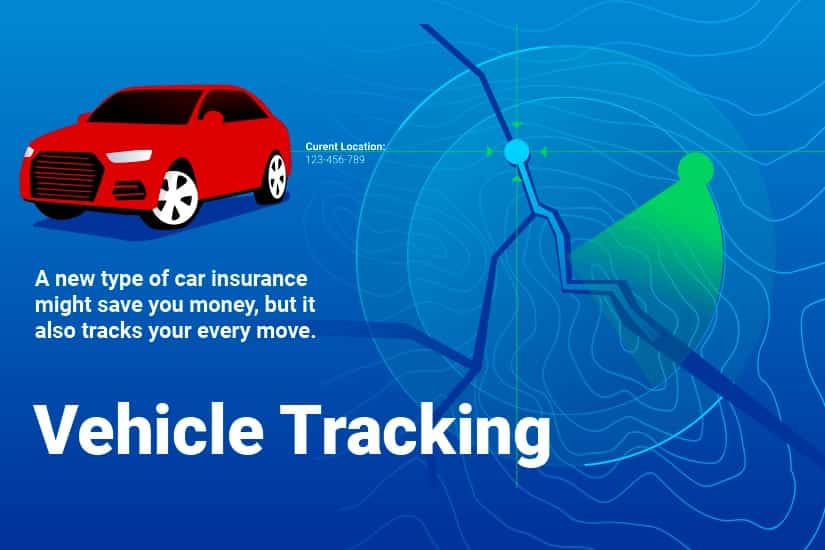All automobile insurers offer savings programs, but not all discounts are created equal.
by Helen Dybulak, Legal Assistant, Burnett & Williams, Virginia Personal Injury Lawyers

Car insurance companies offer all kinds of incentives to compete for your business. The common goal behind these discounts is to attract low-risk drivers, and certain behaviors are statistically correlated to having fewer accidents. Some are obvious, such as having a good driving record. Other factors are less obvious, such as owning a home. Insurance rates are essentially bets, based on these types of correlations. Our bet is that, if you’re reading this Burnett & Williams blog, you’re probably eligible for at least a few of the discounts we mention here.
You may qualify for a discount if you have a good driving record, if you participate in a safe driving program, or if you’re a homeowner or college student. If you’re not a homeowner, but you purchase renter’s insurance, you might also be eligible for a multi-policy discount. Discounts are also available when you agree to do things that help insurance companies to reduce cost, such as bundling auto, life, and homeowner’s insurance, paying the premium in full, going paperless, or enrolling online. Many insurance companies also offer loyalty discounts, which reduce premiums for customers who maintain specific coverages over a period of years.
Variations of these discounts have been around for a while, but nothing substantial has really changed, until now.

The new discount on the block
Many companies have recently introduced discount programs for customers who agree to share real-time personal driving data, like Liberty Mutual’s RightTrack safe driving program. The key innovation is that they’re using tracking technology to understand your level of risk with much greater precision than by making guesses based on correlations. These programs basically watch you drive for a while: a small telematics tracking device or smartphone app reports a stream of data back to the insurance company. Depending on the agreement, the information collected might include data such as location, braking, acceleration, speed, nighttime operating, and miles driven. The idea, of course, is to reward proven low-risk habits. With Liberty mutual’s RightTrack program there’s an initial discount for joining, then potential premium savings of 5% to 30% after using the device for 90 days. State Farm offers a similar Drive Safe and Save plan, and Allstate offers what they call Drivewise. With this new type of product, there are also clear privacy trade-offs, and the savings benefit should be considered against your comfort level for sharing personal data, and should also be compared with any other discounts that your good driving habits already warrant.
Some things are less behavioral
Age and credit scores are also factors used by insurance companies to determine premiums. For instance, policies tend to be most costly for age groups under 25. After that, premiums generally decrease with age until about 55, when they begin to increase again, marginally, into the senior years.

Discounts aside, be sure to get the right coverage
Don’t let shopping for the cheapest rate override your primary objective of getting the correct coverage. Every day in our practice we see heartbreaking examples of medical costs exceeding coverage limits. Although limits of $100,000 per person and $300,000 per accident are typical , the attorneys at Burnett & Williams, P.C., recommend raising single limit coverage to $300,000, $500,000, or even $1,000,000. Ask your insurance company for a quote. Beware if they suggest an umbrella policy as an alternative to raising these limits. Umbrella policies often fail to include uninsured and underinsured coverage, which is vital in Virginia where the Insurance Research Council estimates 1 in 10 drivers are uninsured.
We also recommend adding extra medical expense (often just called “Med Pay”) coverage. This coverage can be included in your policy in amounts generally between $2,000-$10,000 per vehicle, and usually can be added for a small increase in your premium price. Medical expense coverage is optional but helps pay for medical care if you’re injured in a motor vehicle accident, regardless of fault or other coverage. We hope you never need it, but you’ll have peace-of-mind just in case. It’s worth a conversation with your agent.
If you’re a Virginia driver, or soon to be, and would like more information or advice about purchasing insurance coverage, suitable for your particular needs, please contact Burnett & Williams.